
On the Netflix original show “White Gold,” we’re introduced to Vincent Swan, a chap from Essex with no real ambition in life. He works a dead-end job he doesn’t care for, until finding his true calling: manipulating unwitting people into purchasing a product — in this case, home windows — they don’t really need, all for the sake of landing a sale and making that bonus.
The show, which takes place in the 80s, is a rather brutal depiction of the stereotypical image conjured up for so many people when they hear the moniker “salesman.” He’s decked out impeccably in the latest business attire, hair slicked back with no chance of mussing, and when he shows up at your front door, briefcase in hand, he doesn’t intend to leave without a signed bill of sale, no matter what extremes he needs to go to in order to succeed.
Needless to say, this Vincent character may see immediate results, but inevitably his tactic results in a plethora of not-so-pleasant repercussions. In the real world, beyond the ethical implications that come with this approach to sales, it’s just not even a sustainable method. Especially today. People are wise to the tricks of the trade. They put in their due diligence to study a company and product. And they don’t hand over their money needlessly. And they talk. Reputation is everything and nowadays, that “dirty” approach to sales is not acceptable.
Today, salespeople need to take a fully honest, transparent approach. They need to treat potential customers not just as commodities, but as people. And they should target those that actually have a need for what it is they’re selling. Following are a few tips to keep in mind to help make your next sales pitch a winner.
Know who you’re talking to.
Do your homework. Before you even think about sitting down to sell your product to a potential buyer, make sure you know who you’re talking to. For starters, know the names and positions of everyone you’ll be meeting with; on top of that, know what it is the company does, what their values are, and what is missing from their business (i.e. what you can do to help them out). The last thing you want is to go into a meeting blind.
Ditch the standard pitch.
Think about how you would feel if someone kicked off a meeting by unleashing a fury of information at you all at once. You’d probably feel overwhelmed, and at some point your eyes may start to gloss over. Instead, turn your pitch into a two-sided conversation. Use this meeting as a means to establish a relationship. Make it personal. Instead of listing off everything your product does, identify pain points and demonstrate how your product can alleviate their problems. All those other features are bonuses, once you’ve addressed the immediate needs (and wants). The value of the product is much more important than the function.
Ask the right questions.
Sure, you’ve done your research. But not everything is Googleable. Asking questions shows that you care about learning everything you can about their needs, and it gives you additional insight into just how good a fit your product is. Just make sure to choose your questions wisely, so you’re met with informative responses you can use, and not just a simple yes or no.
Consider potential objections.
What roadblocks might you encounter during your meeting? Consider the concerns that other people have shown in the past. Plan for any additional doubts that may arise along the way. (Maybe this company worked with someone offering a similar service in the past, and their experience was poor.) Have a string of responses at the ready. These types of questions will almost undoubtedly arise; if you can reply without missing a beat, rather than meeting them with silence or a quick shuffling through papers, you have a much better chance of alleviating their concerns.
Close with a commitment.
In an ideal world, we’d all walk away from every pitch meeting with a signed deal. But it doesn’t always work that way. What you can do if your prospect is still on the fence by the end, is secure some sort of commitment. Whether it’s a promise to reflect on your proposal, or a preemptively scheduled plan to follow-up with a meeting or phone call, make sure this isn’t the end of the discussion.
Have any questions on how Actsoft can help you?
Share this post:
About the author : Joshua Pramis
Joshua Pramis is a writer and editor with an affinity for all things travel, tech, and food. His work has appeared on Travel + Leisure, Conde Nast Traveler, Digital Trends, and the Daily Meal, among other outlets. When he's not at home canoodling with his cats (which is typical), you'll find him running races, exploring new locales, and trying out different food venues in St Petersburg, Florida.

















 Encore & Geotab Drive
Encore & Geotab Drive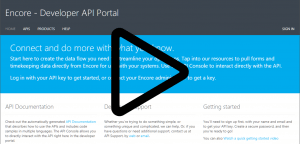
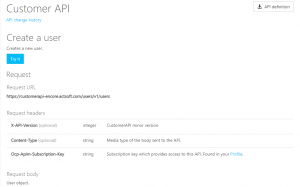
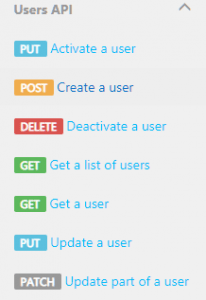
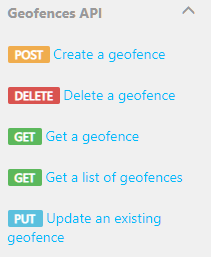







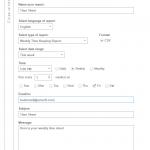





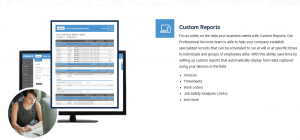

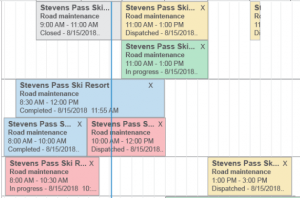
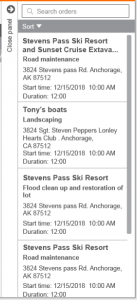
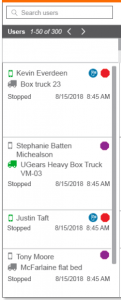
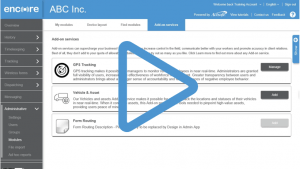
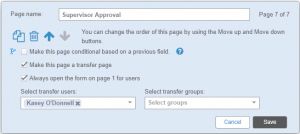
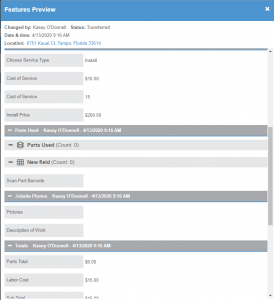
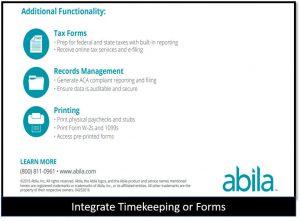
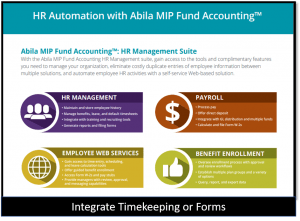

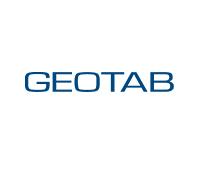 Gain even greater insight into the daily activities of your fleet using the combination of Geotab and Actsoft. Geotab devices provide detailed data collection and seamless integration with our solutions; learn more about the ways your vehicles are being used daily with the power of this tandem.
Gain even greater insight into the daily activities of your fleet using the combination of Geotab and Actsoft. Geotab devices provide detailed data collection and seamless integration with our solutions; learn more about the ways your vehicles are being used daily with the power of this tandem.



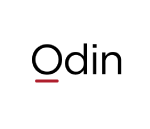 Actsoft partnered with Odin to provide our solutions overseas, through payment processing integrations. Odin helps us support user management for our software; customers can also purchase our products through Odin’s billing platform.
Actsoft partnered with Odin to provide our solutions overseas, through payment processing integrations. Odin helps us support user management for our software; customers can also purchase our products through Odin’s billing platform.
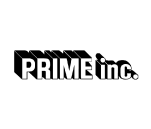
 VisTracks powers our Electronic Logging Device (ELD) solution, which enables transportation businesses to easily automate their hours of service logs, remain in governmental compliance, and reduce their potential to incur costly fines.
VisTracks powers our Electronic Logging Device (ELD) solution, which enables transportation businesses to easily automate their hours of service logs, remain in governmental compliance, and reduce their potential to incur costly fines. Integration between Actsoft solutions and BeWhere’s software products is available. Take your team’s asset tracking, cellular data connectivity, and field insight a step further with effective, cross-application compatibility.
Integration between Actsoft solutions and BeWhere’s software products is available. Take your team’s asset tracking, cellular data connectivity, and field insight a step further with effective, cross-application compatibility.
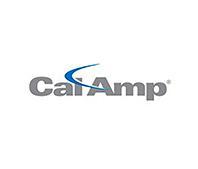 CalAmp tracking devices for vehicles and assets alike are compatible with Actsoft solutions, making it easy for you to efficiently monitor your equipment and fleet cars. Help your team enhance accountability, safety, and savings through a combination of easily installed hardware and intuitive software.
CalAmp tracking devices for vehicles and assets alike are compatible with Actsoft solutions, making it easy for you to efficiently monitor your equipment and fleet cars. Help your team enhance accountability, safety, and savings through a combination of easily installed hardware and intuitive software.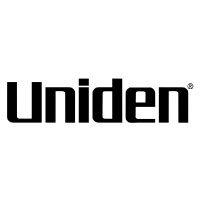 Our partnership with Uniden is ideal for companies looking to gain advanced diagnostics on their fleets. Uniden’s extensive product listing of car electronics like radios, dash cams, radar detectors, and in-vehicle communicators work in concert with Actsoft’s solutions to better connect your vehicles to the company headquarters.
Our partnership with Uniden is ideal for companies looking to gain advanced diagnostics on their fleets. Uniden’s extensive product listing of car electronics like radios, dash cams, radar detectors, and in-vehicle communicators work in concert with Actsoft’s solutions to better connect your vehicles to the company headquarters.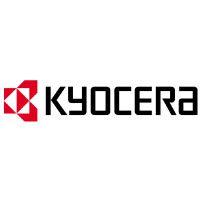 Kyocera offers a wide range of mobile devices, ranging in design from traditional phones to ultra-durable handset technology. Actsoft is able to equip organizations in a variety of different industries with solutions for improved business, while Kyocera supplies the technology they can flawlessly operate on.
Kyocera offers a wide range of mobile devices, ranging in design from traditional phones to ultra-durable handset technology. Actsoft is able to equip organizations in a variety of different industries with solutions for improved business, while Kyocera supplies the technology they can flawlessly operate on.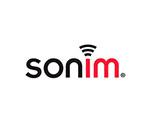

 Our software is the perfect complement to Apple’s user-friendly technology. Equip your workforce with the devices and solutions it needs for optimized productivity during daily operations with Apple and Actsoft.
Our software is the perfect complement to Apple’s user-friendly technology. Equip your workforce with the devices and solutions it needs for optimized productivity during daily operations with Apple and Actsoft.
 Actsoft and Sanyo teamed up to merge intuitive business management software with the technology of today. This partnership allows us to provide you with all the tools your team needs for improved workflows, better coordination, and optimized productivity.
Actsoft and Sanyo teamed up to merge intuitive business management software with the technology of today. This partnership allows us to provide you with all the tools your team needs for improved workflows, better coordination, and optimized productivity. Motorola’s mobile technology works in tandem with our solutions to provide extra versatility to your business practices. Coupled with our software’s features, Motorola’s reliable devices make connecting your workforce simpler than ever to do.
Motorola’s mobile technology works in tandem with our solutions to provide extra versatility to your business practices. Coupled with our software’s features, Motorola’s reliable devices make connecting your workforce simpler than ever to do. We’re able to bundle certain solutions of ours (including our Electronic Visit Verification options) with Samsung devices to help your team achieve as much functionality as possible, while keeping rates affordable. Use these combinations for accurate recordkeeping, improved communication, and smarter data collection in the field.
We’re able to bundle certain solutions of ours (including our Electronic Visit Verification options) with Samsung devices to help your team achieve as much functionality as possible, while keeping rates affordable. Use these combinations for accurate recordkeeping, improved communication, and smarter data collection in the field.